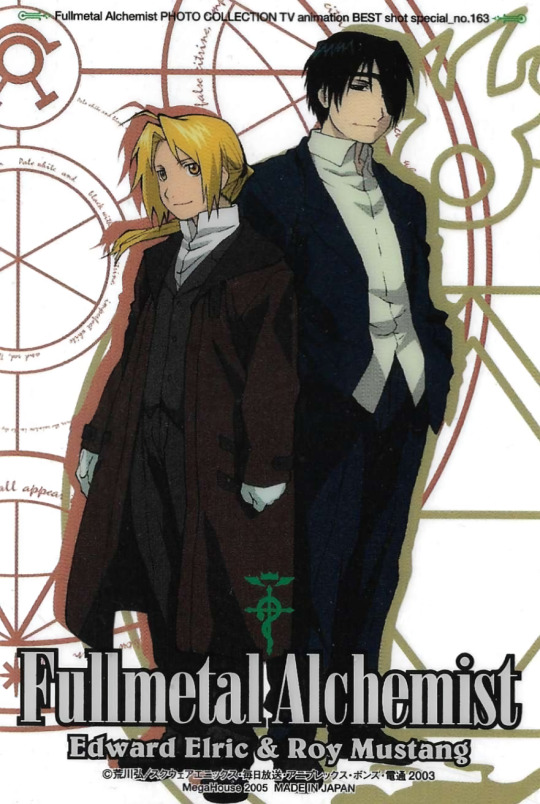ari. 30 year old exhausted pathologist that fancies writing and drawing. they/them (while i try to figure it out). brazilian, and therefore sad and anxious.
Don't wanna be here? Send us removal request.
Text








EMMA (2020) costume appreciation: 27/∞ (costume design by Alexandra Byrne)
579 notes
·
View notes
Text
*feels my body get anxious for no reason* what is it boy, what do you see?
68K notes
·
View notes
Text
Might have found another job? Updates to come
2 notes
·
View notes
Text
I never watched BBC Sherlock or engaged in the fandom and being into original Sherlock Holmes in the year 2024 feels like frolicking in a meadow that’s grown up over a battlefield. Occasionally a war weary veteran with shadows in their eyes will find me. “Don’t you know what happened in this place?” they ask me. “I literally don’t,” I reply, and go back to drawing guys from 1895.
36K notes
·
View notes
Text
ill spend my twenties investigating the healing properties of salt i dont know about you guys
115K notes
·
View notes



































